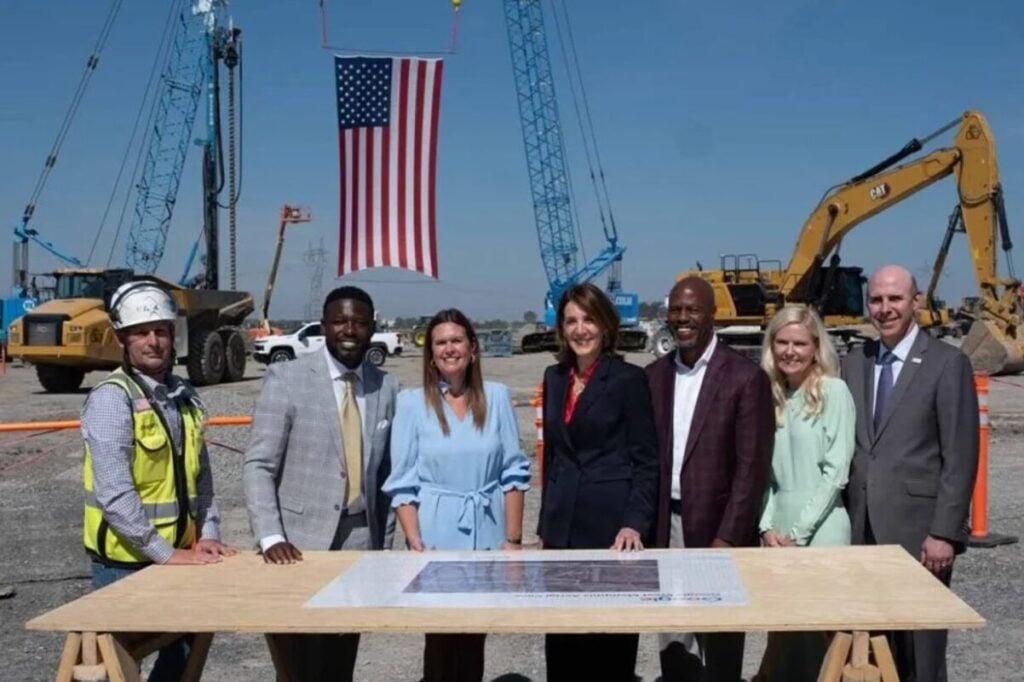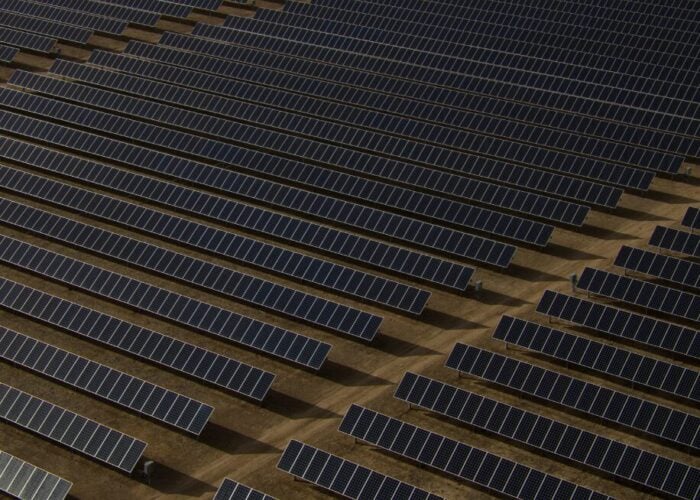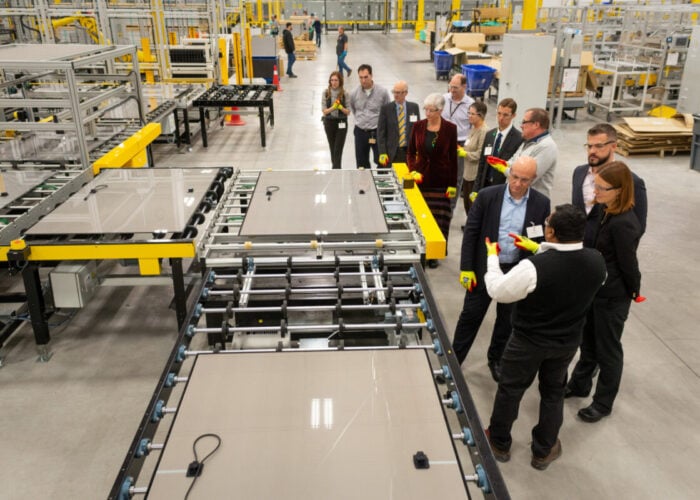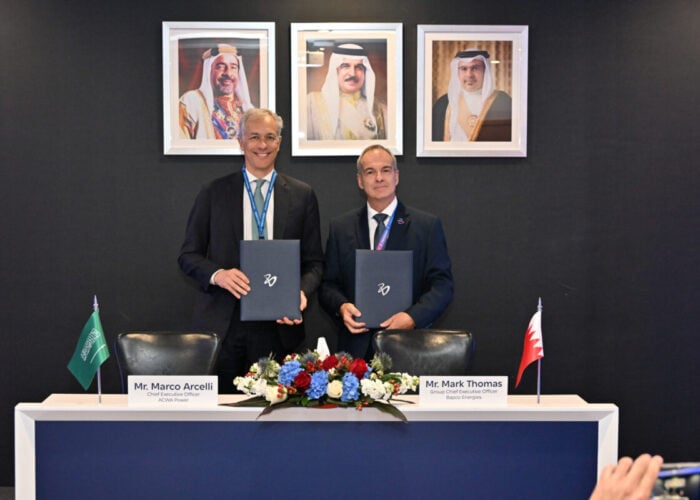
US utility Entergy Arkansas has announced plans to build a 600MW solar-plus-storage project in the city of West Memphis to support the operations of a new data centre to be built by Google.
The utility will build the new solar project, to be teamed with a 350MW battery energy storage system (BESS), in Jefferson County, Arkansas, which will meet the data centre’s energy demand alongside existing Entergy facilities in the state. As of the end of 2024, the utility owned or operated 711MW of solar capacity, plus the 100MW Searcy solar project—teamed with a 10MW BESS—and 73MW of hydroelectric capacity.
Try Premium for just $1
- Full premium access for the first month at only $1
- Converts to an annual rate after 30 days unless cancelled
- Cancel anytime during the trial period
Premium Benefits
- Expert industry analysis and interviews
- Digital access to PV Tech Power journal
- Exclusive event discounts
Or get the full Premium subscription right away
Or continue reading this article for free
Last week’s addition of the new solar capacity will significantly add to the utility’s renewable energy output, and help rebalance an energy mix that is still reliant on fossil fuels; the utility currently operates 18.8GW of fossil fuel capacity across four US states. Entergy announced that it has filed for approval with the Arkansas Public Service Commission for the new project, and that Google will “pay rates that cover the cost of this resource”.
“Large industrial and technology companies are increasingly looking at our state because we offer reliable power at affordable rates, and we plan to keep it that way,” said Laura Landreaux, Entergy Arkansas president and CEO. “Large customers, such as Google, help support investments in infrastructure additions that not only help power their facilities but also result in improved grid reliability that benefit all customers.”
Our sister site Energy-Storage.news first reported on the project one month ago, after Entergy revealed the project as part of a Certificate of Environmental Compatibility and Public Need (CECPN) application (Premium access article).
Landreaux’s comments come as technology giants—so-called ‘hyperscalers’—continue to make significant investments in the clean energy space, often to meet growing electricity demand for data centres. Last year, Brookfield and Microsoft signed the largest offtake agreement on record, covering 10.5GW of capacity, in the US and Europe, and this summer, Amazon announced plans to invest around US$13 billion in new data centres, to be powered by solar projects, representing vast sums of money entering the renewable energy sector.
Indeed, Google plans to invest US$4 billion in its new Arkansas data centre, and will cover all “energy costs” associated with powering the facility. Entergy Arkansas also estimates that the facility will drive over US$1.1 billion in net benefits over the life of its contract with the technology giant, including a US$25 million Energy Impact Fund to scale and accelerate “energy affordability” projects in the state.
“We see AI and the energy powering it to be the innovations that will define this century. The upside of AI cannot be unlocked without the energy it requires,” said Ruth Porat, president and chief investment officer of Google, whose comments follow the publication of research from the International Energy Agency (IEA) that energy demand from AI-driven data centres will more than double to 945TWh by the end of the decade.
“That is why Google is building energy capacity that protects affordability for ratepayers and creates jobs that will drive the AI-powered economy,” added Porat.






